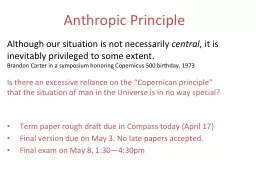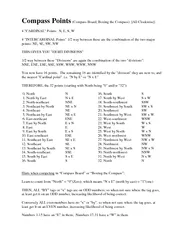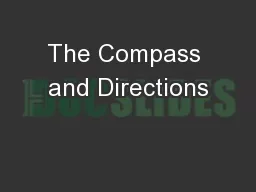PPT-Anthropic Principle Term paper rough draft due in Compass today (April 17)
Author : myesha-ticknor | Published Date : 2018-10-28
Final version due on May 3 No late papers accepted Final exam on May 8 130430pm Although our situation is not necessarily central it is inevitably privileged to
Presentation Embed Code
Download Presentation
Download Presentation The PPT/PDF document "Anthropic Principle Term paper rough dra..." is the property of its rightful owner. Permission is granted to download and print the materials on this website for personal, non-commercial use only, and to display it on your personal computer provided you do not modify the materials and that you retain all copyright notices contained in the materials. By downloading content from our website, you accept the terms of this agreement.
Anthropic Principle Term paper rough draft due in Compass today (April 17): Transcript
Download Rules Of Document
"Anthropic Principle Term paper rough draft due in Compass today (April 17)"The content belongs to its owner. You may download and print it for personal use, without modification, and keep all copyright notices. By downloading, you agree to these terms.
Related Documents














